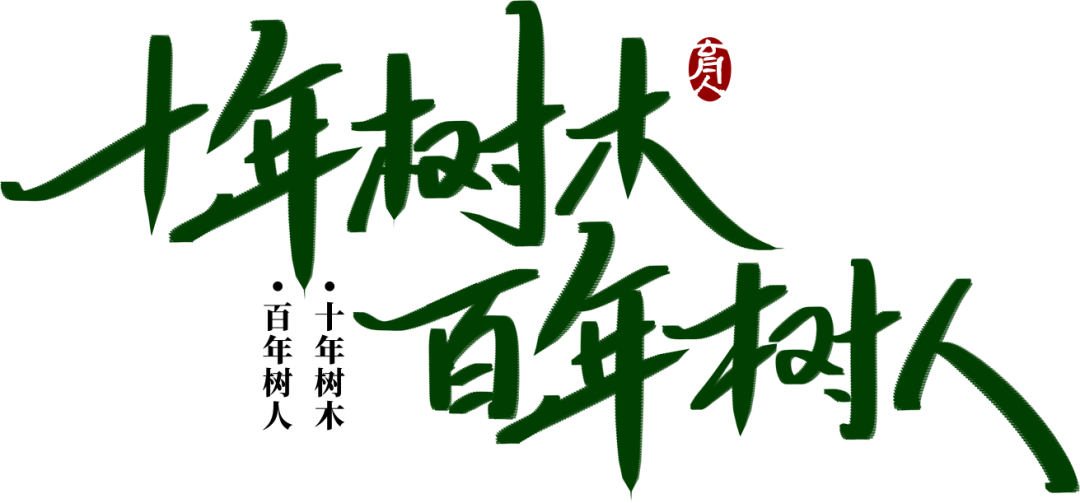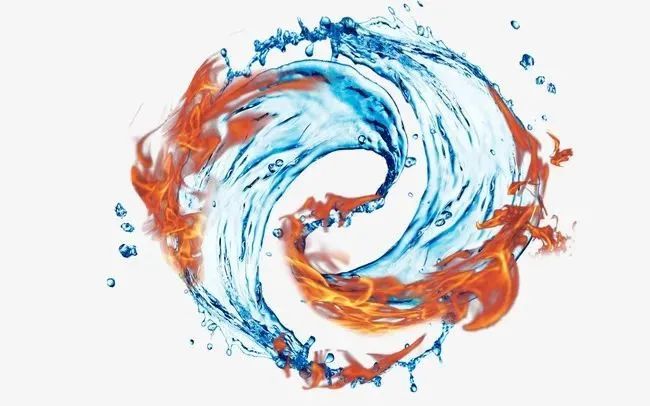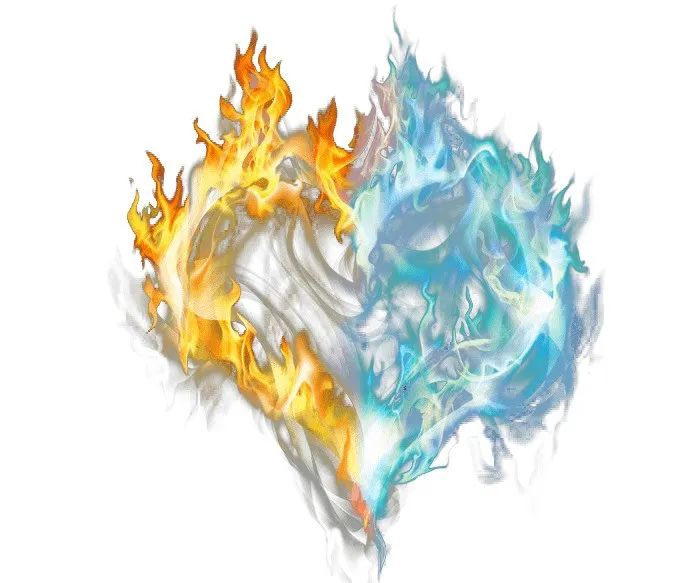
Cold and Heat are two fundamental concepts for differentiating the nature of diseases. Pathogenic factors can be classified into Yang and Yin pathogens, while the body’s righteous Qi can be divided into Yang Qi and Yin Fluids.
Yang pathogens can cause disease by leading to an excess of Yang Qi and damage to Yin Fluids, or by depleting Yin Fluids and causing an excess of Yang Qi, both of which can manifest as Heat Patterns;
Yin pathogens can cause disease by leading to an excess of Yin Qi and damage to Yang Qi, or by Yang Qi deficiency and an excess of internal cold, both of which can manifest as Cold Patterns.
The saying “Excess Yang leads to Heat, Excess Yin leads to Cold” (from Su Wen: Yin Yang Ying Xiang Da Lun), and “Deficient Yang leads to external Cold, Deficient Yin leads to internal Heat” (from Su Wen: Tiao Jing Lun) reflects this principle.
Therefore, Cold and Heat Patterns are specific manifestations of the body’s Yin and Yang being in excess or deficiency. Cold and Heat signs are distinct yet related to Cold and Heat Patterns.
For example, symptoms such as aversion to cold and fever can be referred to as Cold or Heat signs, which are manifestations of the disease, while Cold or Heat Patterns are judgments about the essence of the disease.
Generally, the essence of the disease and the manifested signs are often consistent; Heat Patterns show Heat signs, and Cold Patterns show Cold signs. However, in some cases, the presence of certain Cold or Heat signs does not necessarily indicate that the essence of the disease is a Cold or Heat Pattern.
Thus, the differentiation of Cold and Heat Patterns should not be made in isolation based on individual symptoms, but should be based on a comprehensive analysis of the four diagnostic methods.
Clearly distinguishing between Cold and Heat Patterns is essential for determining the treatment principle of “treating Cold with Heat and treating Heat with Cold,” which is significant for understanding the nature of the disease and guiding treatment.


01

Cold Patterns
Refer to the condition of experiencing Cold pathogens, or a deficiency of Yang leading to an excess of Yin, resulting in suppressed bodily functions and manifesting symptoms characterized by “cold and cool.” Since both excess Yin and Yang deficiency can manifest as Cold Patterns, Cold Patterns can be further divided into Excess Cold Patterns and Deficient Cold Patterns.
【Symptoms】 Aversion to cold (or fear of cold), preference for warmth, cold limbs, preference for warmth in cold pain, no thirst with a bland taste in the mouth, clear and thin phlegm, nasal discharge, and saliva, clear and long urination, loose and thin stools, pale complexion, pale tongue, white and moist coating, tight or slow pulse, etc.
【Analysis】 Caused by exposure to Cold pathogens or excessive consumption of cold and raw foods, the onset is sudden, and those with a strong constitution often present with Excess Cold Patterns; those with chronic internal injuries and weak Yang Qi leading to an excess of Yin often present with Deficient Cold Patterns;
When Cold pathogens invade the exterior, it is often referred to as Exterior Cold Patterns; when Cold pathogens affect the internal organs, or due to Yang deficiency and excess Yin, it is often referred to as Interior Cold Patterns.
Due to the obstruction caused by Cold pathogens, Yang Qi is constrained, or Yang Qi is weak, and Yin Cold is excessive, leading to a lack of warmth in the body, hence the symptoms of aversion to cold (or fear of cold), preference for warmth, cold limbs, and preference for warmth in cold pain;
Cold does not consume fluids, and body fluids are not harmed, hence the lack of thirst with a bland taste in the mouth, and the clear and cold nature of secretions and excretions such as phlegm, nasal discharge, and urine;
External Cold obstructs Yang Qi or Yang Qi is insufficient, preventing Qi and blood from circulating to the face, resulting in a pale complexion and a pale tongue; Cold pathogens constraining Yang Qi lead to a tight pulse, while weak Yang Qi results in a slow pulse.

02

Heat Patterns
Refer to the condition of experiencing Heat pathogens, or excessive Yang Qi in the internal organs, or Yin deficiency with excessive Yang, leading to hyperactivity of bodily functions and manifesting symptoms characterized by “warm and hot.”
Since both excess Yang and Yin deficiency can manifest as Heat Patterns, Heat Patterns can be further divided into Excess Heat Patterns and Deficient Heat Patterns.
【Symptoms】 Fever, aversion to heat with a preference for coolness, thirst with a desire to drink, irritability, yellow phlegm and nasal discharge, short and yellow urination, dry and hard stools, red tongue with little fluid, yellow and dry coating, rapid pulse, etc.
【Analysis】 Caused by external invasion of Fire and Heat pathogens, or excessive consumption of spicy and warm foods, or dampness transforming into heat, or excessive emotional stress leading to internal heat, the condition is often acute, and those with a strong constitution often present with Excess Heat Patterns;
Those with chronic internal injuries and depletion of Yin fluids leading to excessive Yang often present with Deficient Heat Patterns: Wind-Heat pathogens invading the exterior often present as Exterior Heat Patterns; when Heat pathogens are excessive in the internal organs, or due to Yin deficiency and excessive Yang, it often presents as Interior Heat Patterns.
Due to excessive Yang heat, body fluids are consumed, or due to Yin fluid deficiency leading to excessive Yang Qi, symptoms such as fever, aversion to heat, red face, irritability, red tongue, yellow coating, and rapid pulse are observed: Heat injures Yin fluids, leading to thirst with a desire to drink, yellow and thick phlegm, short and yellow urination, dry and hard stools, red tongue with little fluid, etc.

03

Distinguishing Between Cold and Heat Patterns
01
The key points for distinguishing between Cold and Heat Patterns
Cold and Heat Patterns reflect the excess and deficiency of Yin and Yang in the body, with Cold Patterns characterized by clinical manifestations of “cold, white, thin, moist, and still,” while Heat Patterns are characterized by “heat, red (yellow), thick, dry, and active.”
In clinical practice, when distinguishing between Cold and Heat Patterns, a comprehensive observation of all disease manifestations should be conducted, especially focusing on aversion to cold and fever, preferences for cold or heat, temperature of the limbs, thirst or lack thereof, complexion (red or white), and the nature of urination and defecation, tongue appearance, and pulse as key points for differentiation, as shown in the table below.
Key Points for Distinguishing Cold and Heat Patterns
| Key Points | Cold Patterns | Heat Patterns |
| Preference for Cold or Heat | Aversion to cold, preference for warmth | Aversion to heat, preference for coolness |
| Temperature of Limbs | Cold | Hot |
|
Thirst |
No thirst | Thirst with a preference for cold drinks |
| Complexion | White | Red |
| Stool | Loose and thin | Dry and hard |
| Urination | Clear and long | Short and yellow |
| Tongue Appearance | Pale tongue with white and moist coating | Red tongue with yellow and dry coating |
| Pulse | Slow or tight | Rapid |
02
Distinguishing between True and False Cold and Heat Patterns
Generally, Cold Patterns often manifest as Cold signs, while Heat Patterns often manifest as Heat signs. However, in certain critical stages of diseases, some signs may appear that do not conform to conventional understanding,
specifically when the disease progresses to extremes of Cold or Heat, sometimes presenting “false signs” that are contrary to the pathological essence of Cold or Heat, thus affecting the accurate judgment of Cold and Heat Patterns.
Specifically, there are two situations: True Heat with False Cold Patterns and True Cold with False Heat Patterns.
1
True Heat with False Cold Patterns
Refers to the essence of the disease being a Heat Pattern, yet presenting certain “Cold signs,” also known as “Heat extreme resembling Cold.”
For example, a person with excessive internal Heat may present typical symptoms of Excess Heat Patterns such as burning sensation in the chest and abdomen, confusion, foul breath, thirst with a preference for cold drinks, short and yellow urination, red tongue with yellow and dry coating, and a strong pulse, but may also exhibit cold limbs and a slow pulse.
On the surface, these “Cold signs” seem to contradict the essence of the disease, but in reality, these manifestations are due to the internal accumulation of Heat obstructing Yang Qi, preventing it from reaching the exterior, and the more severe the internal Heat, the more pronounced the coldness may be, hence the saying “the deeper the Heat, the deeper the cold.”
Therefore, these “Cold signs” reflect a more severe and complex stage of Heat Patterns, indicating an internal accumulation of Yang Heat, albeit with more complex mechanisms and manifestations than typical Heat Patterns.

2
True Cold with False Heat Patterns
Refers to the essence of the disease being a Cold Pattern, yet presenting certain “Heat signs,” also known as “Cold extreme resembling Heat.”
For example, a person with weak Yang Qi and excessive internal Cold may present typical symptoms of Deficient Cold Patterns such as cold limbs, clear urination, non-dry stools, and even diarrhea with clear fluids, pale tongue with white coating, and weak pulse, but may also experience subjective feelings of heat, red face, agitation, thirst, sore throat, and a floating or rapid pulse.
On the surface, these “Heat signs” seem to contradict the essence of the disease, but in reality, these manifestations are due to weak Yang Qi and excessive internal Cold forcing the deficient Yang to float upwards and manifest externally, rather than indicating the presence of true Heat pathogens. Moreover, these “Heat signs” differ from those caused by Heat Patterns.
For instance, although there may be a subjective feeling of heat, the chest and abdomen do not feel hot to the touch, and there is a desire to cover up; although the face may appear red, it is often a transient flush on the cheeks; although there may be agitation, there is a sense of fatigue and weakness; although there may be thirst, the desire is for warm drinks, and the amount of water consumed is small; although there may be a sore throat, it is not red or swollen; although the pulse may be floating or rapid, it is weak upon palpation.
Thus, these “Heat signs” actually reflect a critical Cold Pattern, indicating excessive internal Cold, but with more complex mechanisms and manifestations than typical Cold Patterns.

When encountering the aforementioned “Heat extreme resembling Cold” or “Cold extreme resembling Heat” situations, it is crucial to conduct a thorough analysis based on the four diagnostic methods to grasp the essence through the phenomena.
In specific differentiation, attention should be paid to the following aspects:
Understanding the entire process of disease development; generally, “false signs” are more likely to appear in the later stages and critical periods of the disease; when differentiating patterns, internal and central symptoms should be the primary basis for judgment, while external and limb symptoms may represent “false signs”: there is a distinction between “false signs” and true signs.
For example, the “false heat” of a red face is characterized by a pale complexion with only a transient flush on the cheeks, while the red face of true internal Heat is characterized by a fully flushed face;
“False cold” often presents as cold limbs accompanied by burning sensations in the chest and abdomen, with a desire to uncover, while excessive internal Cold often presents as a desire to cover up.


